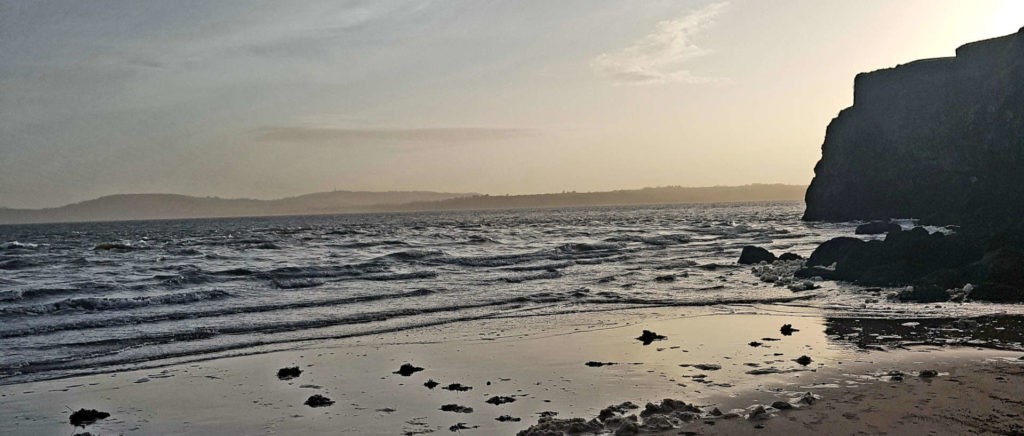The Forty Foot in Dublin has been reopened to bathers this week, while a bathing water ban for four other sites in south Dublin have reopened as of today – although Sandycove requires further monitoring and Dollymount is still closed to bathers. This is the fourth occurrence of no-bathing notices being issued owing to poor water quality, arising from waste water overflows at Ringsend Wastewater treatment plant following heavy rainfall. Irish Water stated that the overflows operated in compliance with regulations. Merrion and Sandymount were issued season-long bans owing to elevated bacterial levels in their waters.
Separately, Wexford Co. Council issued a no-bathing notice for Duncannon beach while stating that its other 18 beaches have been unproblematic throughout 2019. The council cited slightly elevated bacteria levels possibly owing to heavy rainfall as the reason for the notice.
On Kilkee beach Co. Clare, it was reported on the 10th August that discharge of wastewater following a burst pipe following heavy rain. Irish Water stated that the discharge of sewage occurred from a burst onto a watercourse that flows onto the beach. The beaches blue flag was removed, and a no-bathing notice was issued until water quality tests allow the notice to be lifted. The council and the HSE hoped that the notice can be removed early the following week, with test results due today.
Cromane beach in Dingle Bay, Co. Kerry, has also issued a no-bathing notice. It was reported on the 04th August that high levels of Enterococci bacteria, associated with human and animal gut were found in samples. The beach isn’t a designated bathing area but is commonly used as one. The body of water is also of importance as a fishing area, with mussel and fish farms nearby. Kerry Co. Council advised that this is a common occurrence during incidents of high rainfall, where animal faeces can be washed into catchment (natural drainage areas) and then feed into bathing waters.
Such occurrences of beach closures following high levels of rainfall pose problems. Do we have infrastructure in place to deal with increasing amounts of rainfall and prevent wastewater entering our environment? How do we protect the plants and animals in our waterways from our poor-quality water? Irish Water state that water quality tests take 48 hours to complete. How can we more quickly, effectively and reliably monitor our bodies of water so that we know when the quality drops?
No-bathing notices can be found on local government websites as well as on the Environmental Protection Agency Website.
1 Some swim bans extended; notice lifted at Forty Foot, https://www.rte.ie/news/environment/2019/0812/1068462-beaches/, (accessed 14 August 2019).
2 C. Gleeson, Swimming ban at south Dublin beaches is lifted, https://www.irishtimes.com/news/environment/swimming-ban-at-south-dublin-beaches-is-lifted-1.3985833, (accessed 14 August 2019).
3 L. Byrne, Swimming ban at Kilkee beach after wastewater discharge, https://www.rte.ie/news/munster/2019/0810/1068093-no-bathing-notice-for-kilkee-beach/, (accessed 14 August 2019).
4 A. Lucey, Bathing banned at Kerry beach after bacteria found in water, https://www.irishtimes.com/news/ireland/irish-news/bathing-banned-at-kerry-beach-after-bacteria-found-in-water-1.3976792, (accessed 14 August 2019).
5 F. Cahill and Limited, Irish Water Slammed For Failing To Carry Out ‘Basic Maintenance’ At Kilkee Beach, http://www.clare.fm/news/infrastructure/irish-water-slammed-failing-carry-basic-maintenance-kilkee-beach/, (accessed 14 August 2019).
Image Credit: Viking Hotel, http:// https://www.vikinghotelwaterford.ie/(accessed 14 August 2019).

